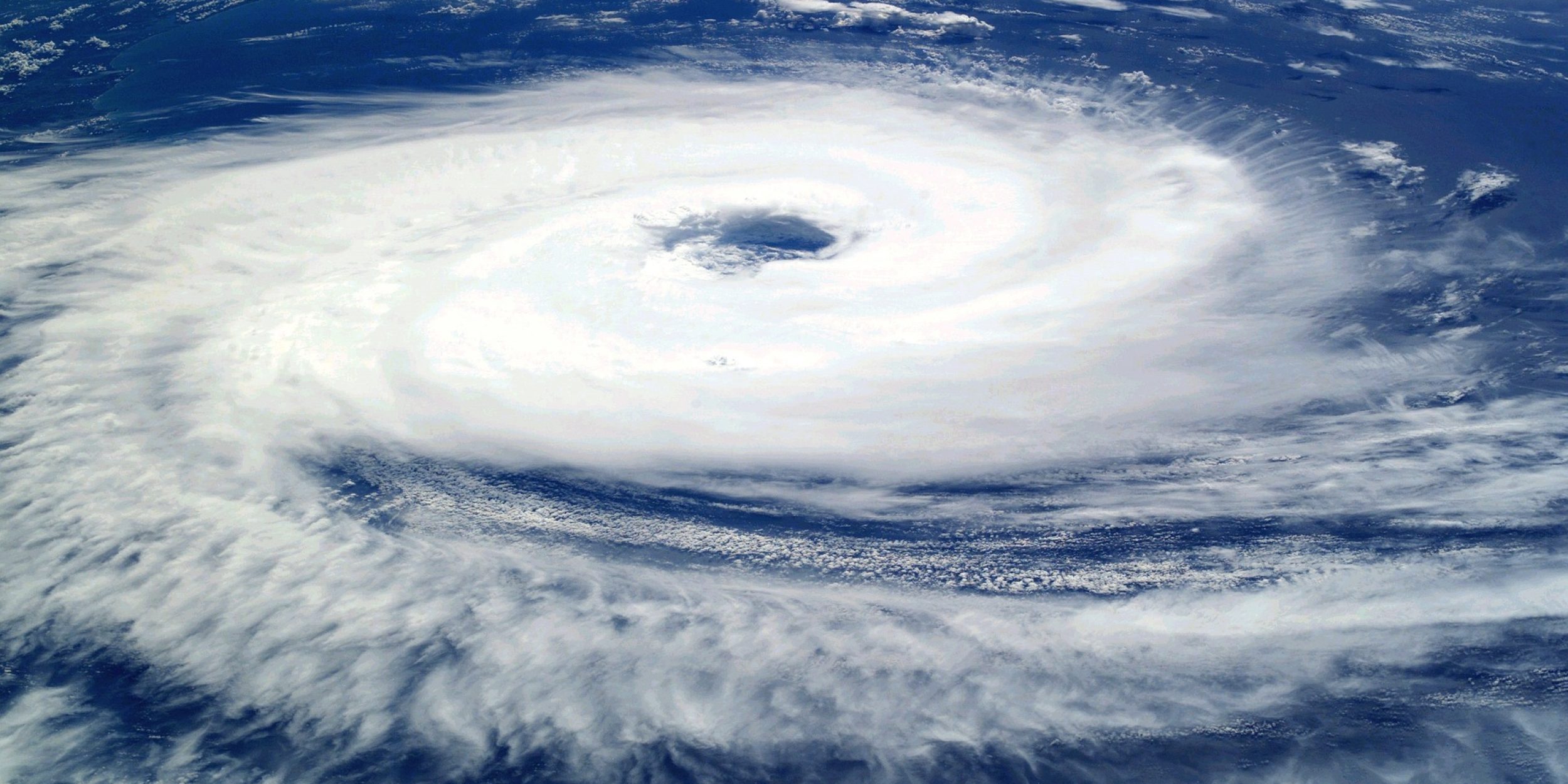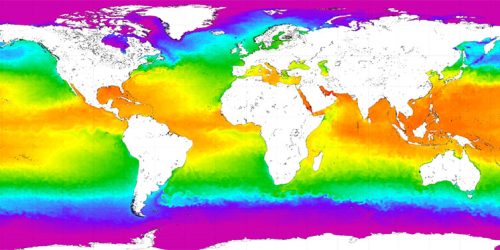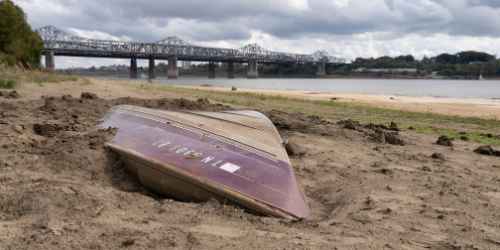Tropical cyclone size differences in the western North Pacific and the North Atlantic explained by CVP-funded research
The destructive power of tropical cyclones depends not just on their intensity but also their physical size. Prior research, funded in part by CPO’s Climate Variability & Predictability (CVP) program, found that the ‘background state’ of the western North Pacific ocean basin is more conducive for the development of larger tropical cyclones than that of the North Atlantic ocean basin. CVP-funded researchers, however, suspected that there could also be physical mechanisms contributing to the size difference between tropical cyclones in the two basins, not just background environmental conditions. Their study, recently published in Climate Dynamics, focuses on the differences in large-scale physical disturbances that trigger tropical cyclone formation in both the western North Pacific ocean basin and the North Atlantic ocean basin. The study used a model to compare the structural differences between large-scale wave trains in the two basins and examine the effect of each on tropical cyclone size. They found that the wave flow in the western North Pacific experiences larger surface wind speeds which, though several linked physical processes, eventually leads to increased tropical cyclone size. Overall, between their prior research and this recent study, the researchers found that both environmental background conditions and physical disturbances are roughly equal in their role in explaining tropical cyclone size differences between the two ocean basins.
CVP researchers simulate Hurricane Irene to study the ocean surface boundary layer
Researchers, funded in part by CVP, used a simulation model to study the ocean surface boundary layer turbulence under Hurricane Irene in 2011. The model describes the changes and stratification of the boundary layer as the storm approaches and passes over the New Jersey shelf. Their findings, presented in the Journal of Ocean Physiology, conclude the observed changes are mainly products of the evolution of wind and the initial ocean temperature profile.










